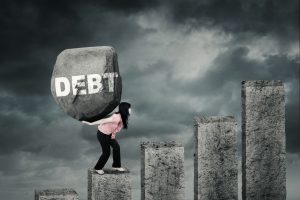As a result of the COVID-19 pandemic, Congress amended the Bankruptcy Code and passed the “Coronavirus Aid, Relief, and Economic Security Act” also known as the “CARES Act”, which was signed into law by the President on March 27, 2020. Specific amendments were made to Subchapter V of Chapter 11 of the Bankruptcy Code to change and expand the availability of small business bankruptcy relief. Subchapter V is a relatively new section of the Bankruptcy Code that became effective earlier this year prior to the COVID-19 outbreak to make it easier for small businesses to successfully reorganize under Chapter 11 of the Bankruptcy Code. Under the regular provisions of Chapter 11 there are significant challenges and obstacles for small business debtors to successfully reorganize in Chapter 11.
The new Subchapter V was enacted on August 23, 2019 as part of the Small Business Reorganization Act (“SBRA”), which became effective on February 19, 2020. Under SBRA the debt limit or cap for debtor eligibility for Subchapter V small business debtors was $2,725,625. Under the CARES Act this has been increased to $7,500,000. However, the CARES Act contains a sunset provision, and will expire one year after March 27, 2020. So after March 27, 2021 the SBRA eligibility limits will go back down to $2,725,625.
Both individuals and business entities (such as corporations or LLCs) are eligible to file as small business debtors under SBRA (as modified by the CARES Act). However, at least half of the debtor’s total debt must come from business activity. So for an individual debtor who has a mix of business and consumer debt (i.e., non-business related debt for personal, family and household reasons), as last 50% of the total debt must be business related.
 New York Bankruptcy Lawyer Blog
New York Bankruptcy Lawyer Blog


